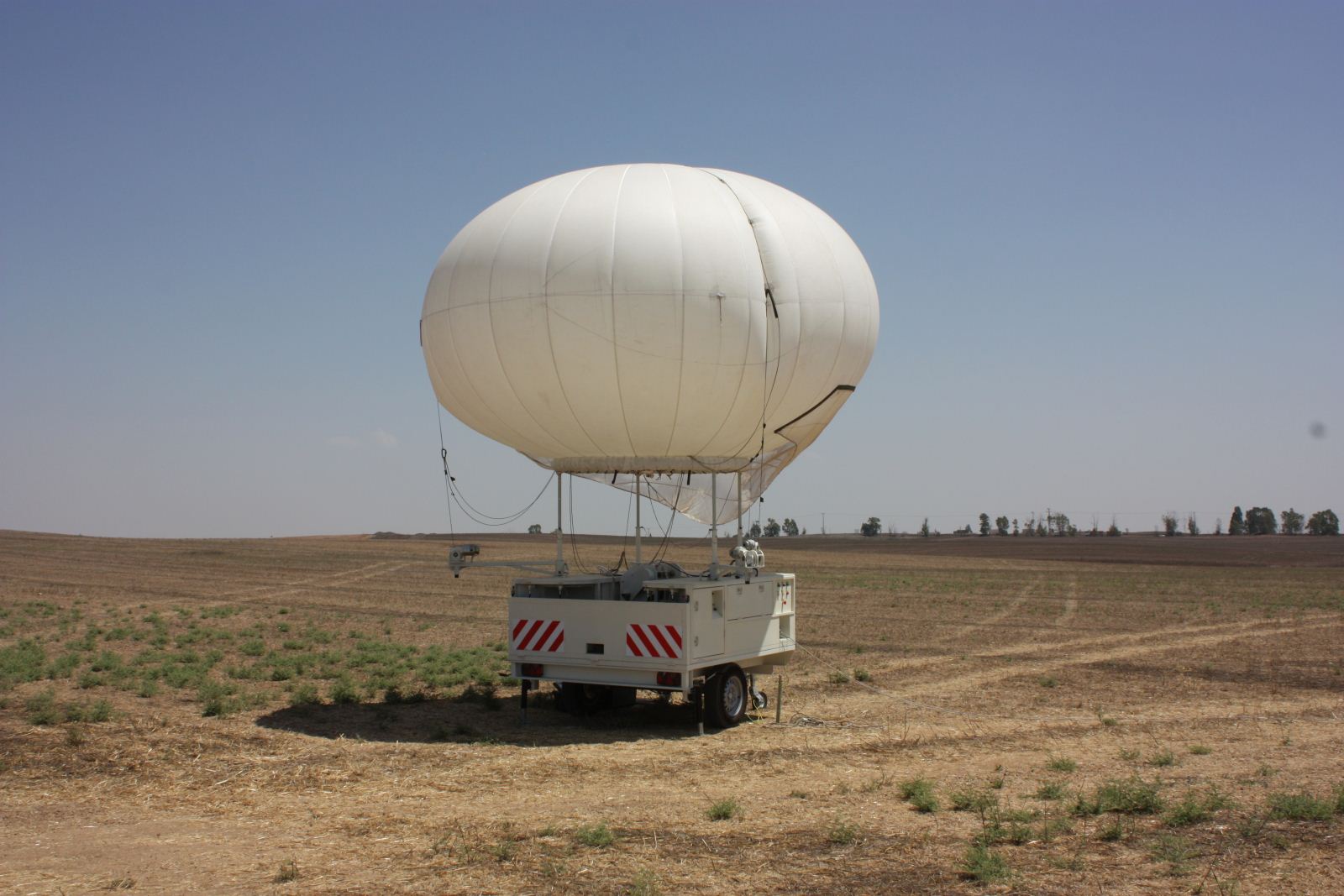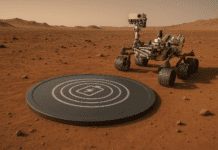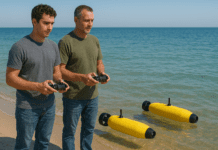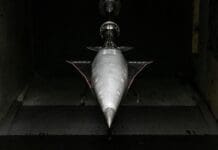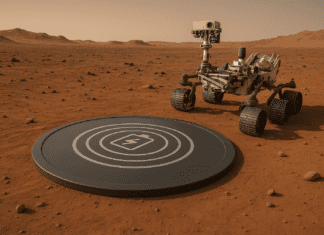This post is also available in:
 עברית (Hebrew)
עברית (Hebrew)
Unlike airplanes and helicopters, smart surveillance balloons don’t need human operators in the sky. And in contrast to drones, they can spend long periods of time in the air at relatively low cost, according to insidescience.org. Surveillance balloons can shoot photos and stream video of the ground scene to meet specific missions, from military intelligence, intruder detection, border security and patrol, night vision surveillance, and public safety during crowded events, to the detection of sharks close to the shore or the evaluation of hurricane damages.
One of their roles has been assuring the personal security of world leaders. An Israeli surveillance balloon closely protected the visit of US President Donald Trump in Israel earlier this year, the visit of Pope Francis in Colombia this September, and many other VIP protection missions. Paris police deployed the system to help assure the security of participants in the UN climate change summit in 2015.
Named the Skystar 180, the surveillance system by RT Aerostats System is a small, highly mobile and tactical aerostat system for mid-range surveillance with a radius of five kilometers (3.1 miles). It has sophisticated day and night cameras able to identify suspicious movement and is being used for defense and security purposes by policy, military and security teams for public safety. The balloon is tethered to a portable ground control station where personnel process the transmitted surveillance video and data. The station can be steered by trailers or pickup trucks, according to nocamels.com.
The SkyStar 180 can carry a payload of up to 40lbs (18 kgs) and provide surveillance from an altitude of up to 1000ft (300 meters).
While a UAV is used for a whole range of ISR tasks, there will always be the need of persistent surveillance to protect fixed sites, such as military bases, temporary camps, strategic facilities and border crossing checkpoints, according to the company’s website. In a high risk operational environment of hostile civilian surrounding, where enemies can operate in clandestine, there are also threats which require constant and reliable eyes in the sky. The Skystar 180 features a constant, 360°, 24-7, presence above a protected area. It can operate up to 3 days straight with only a 20 minutes re-inflation break after 72 hours, performing in all weather conditions.


